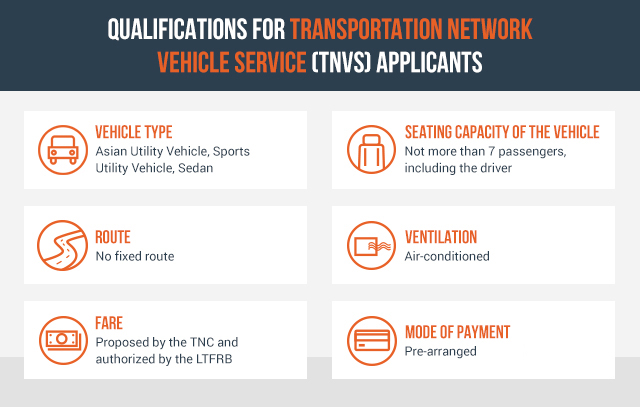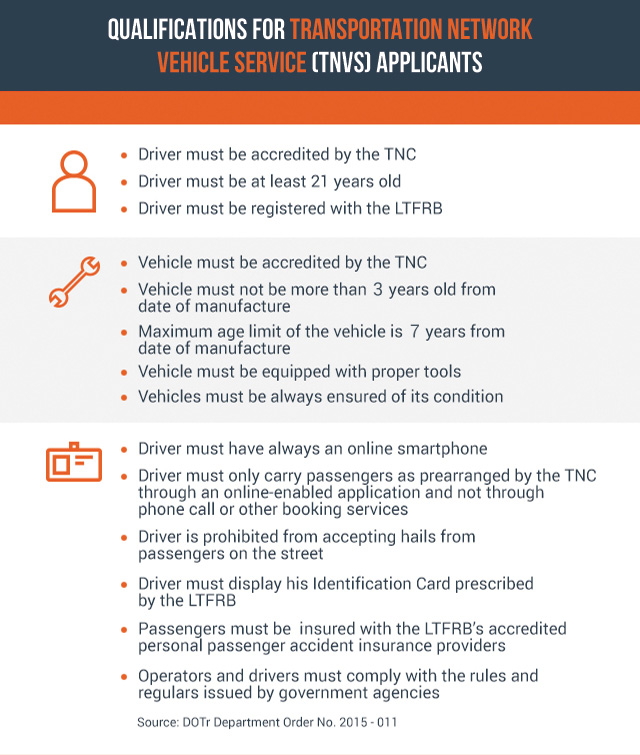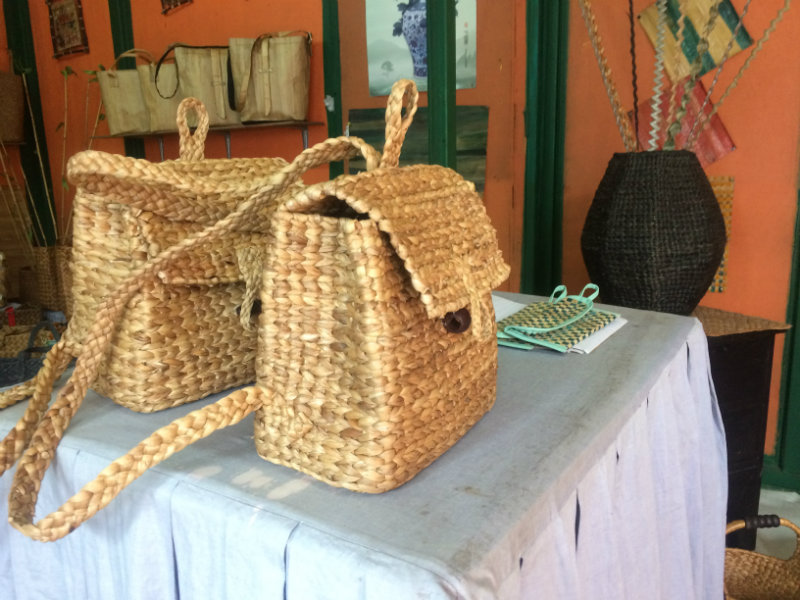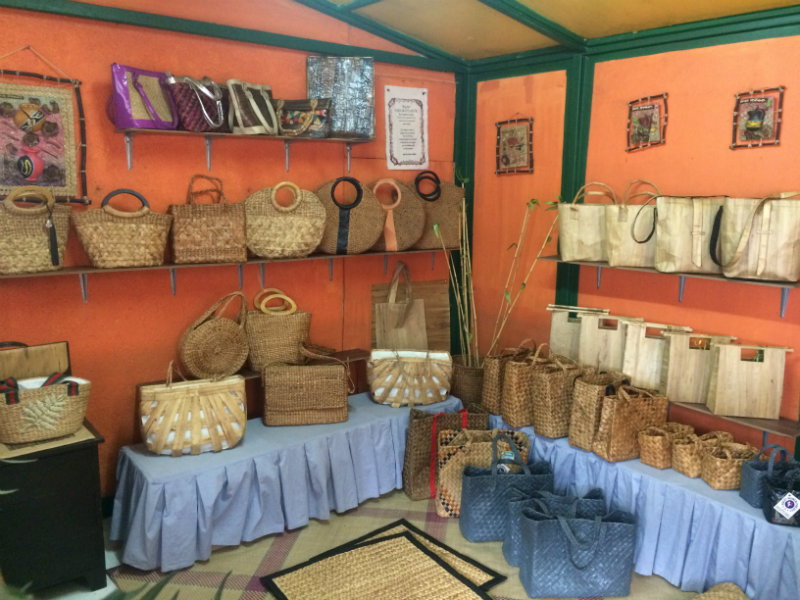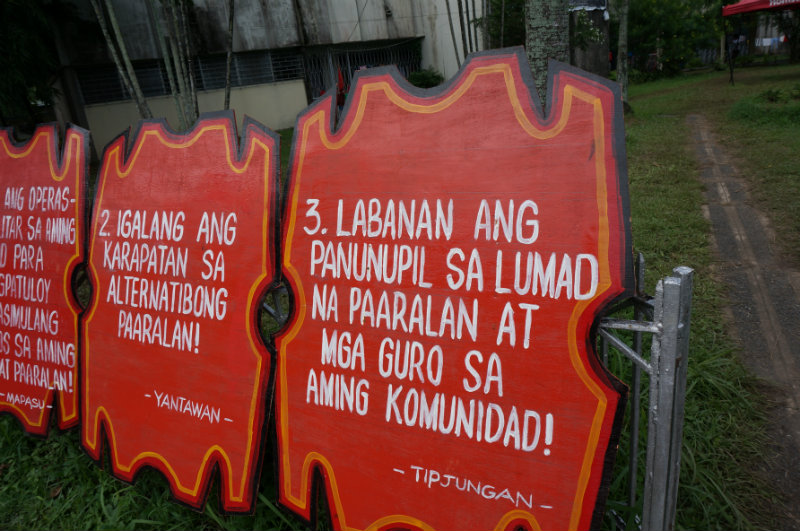![BIODIVERSITY-RICH REGION. The ASEAN region is home to globally significant natural resources on land and in water, including about 18% of all species assessed by the International Union for Conservation of Nature (IUCN). Photo courtesy of ASEAN Centre for Biodiversity]()
MANILA, Philippines – The biological diversity or biodiversity in the ASEAN region, which is home to the "mega-diverse countries" of the Philippines, Indonesia, and Malaysia, will greatly be eroded by 2100 if the destruction of the environment continues unabated, a recently launched report by an intergovernmental organization revealed.
"The region is poised to lose 70–90% of habitats and 13–42% of species by 2100,” according to the second edition of the ASEAN Biodiversity Outlook.
The ASEAN Center for Biodiversity (ACB) released the report on the sidelines of the inauguration of its new headquarters on July 29 in the University of the Philippines Los Baños (UPLB).
The report “aims to highlight challenges in biodiversity conservation in the region, efforts by ASEAN member states to strengthen biodiversity conservation at the national and regional levels, and prospects for achieving biodiversity targets by 2020,” ACB executive director Roberto Oliva said.
The ASEAN Working Group on Nature Conservation and Biodiversity endorsed the document.
The ASEAN region is home to globally significant natural resources on land and in water, including about 18% of all species assessed by the International Union for Conservation of Nature (IUCN). It has the most diverse coral reefs in the world and spans several “unique bio-geographical units" such as Indo-Burma, Malesia, Sundaland, Wallacea, and the Central Pacific.
"The various ecological services we derive from the environment speak of our dependence on biodiversity - medicine for our illness, materials for our shelters, food for our nourishment, sites for our recreation, and the deep solitude and calm that Mother Nature offers," Environment Secretary Roy Cimatu said in his speech at the event.
Threats to biodiversity
The latest ASEAN Biodiversity Outlook noted that assessments of forests in the region indicate an average annual rate of loss of 1.26% from 2000 to 2010. This decline represents at least 5,261.62 square kilometers of forest area loss every year if threats such as habitat fragmentation, clearing for agriculture, and infrastructure and housing development continue.
Meanwhile, the growing ASEAN population has increased the demand for food and the expansion of agricultural areas, resulting in the loss of habitats, the increasing use of chemical pesticides, and other threats to biodiversity in agriculture.
The ASEAN Working Group on Nature Conservation and Biodiversity endorses ASEAN Biodiversity Outlook 2.
{source}<blockquote class="twitter-tweet" data-lang="en"><p lang="en" dir="ltr">The ASEAN Working Group on Nature Conservation and Biodiversity endorses ASEAN Biodiversity Outlook 2. <a href="https://t.co/LJvzNaUaT8">https://t.co/LJvzNaUaT8</a> via <a href="https://twitter.com/issuu">@issuu</a></p>— Voltaire Tupaz (@VoltaireTupaz) <a href="https://twitter.com/VoltaireTupaz/status/892675332074946560">August 2, 2017</a></blockquote>
<script async src="//platform.twitter.com/widgets.js" charset="utf-8"></script>{/source}
The productivity and viability of the region’s lakes, rivers, and peatlands also continue to decline, while most of the region’s seas are overfished and degraded, threatening marine health and food security.
Given these threats, the ACB report urged "shared responsibility of the region’s biodiversity to those who continue to exercise large-scale deforestation, pollute rivers and lakes, overexploit seas in the conduct of their business, mail-order threatened wildlife, and completely ignore principles of sustainability and accountability for the region’s biodiversity.
Biodiversity center in PH
As it opened its new headquarters, the ACB vowed to strengthen its flagship programs including the ASEAN Heritage Park and biodiversity information management to ensure the sustainable management of biodiversity and contribute to the reduction of biodiversity loss by 2020. In 2013, ACB declared Mt Makiling Forest Reserve, which is managed by UPLB, as the 33rd ASEAN Heritage Park in 2013.
The ACB’s new home, which stands on a 4,000-square meter lot along Domingo Lantican Ave in UPLB, symbolizes "ASEAN’s commitment to biodiversity conservation and a gift of the Philippines to ASEAN and the world,” Oliva said.
UPLB manages Mount Makiling, a key biodiversity hotspot which ACB has declared as the 33rd ASEAN Heritage Park in 2013.
Public officials, dignitaries from ASEAN member countries, and advocates graced the inauguration of the building which was built following sustainable construction standards.
"The Philippines is very fortunate to be the home of the ASEAN Centre for Biodiversity,” Senator Loren Legarda, chair of the Senate committee on climate change, said in her speech at the inauguration.
![ASEAN CENTRE FOR BIODIVERSITY HQ. ASEAN Socio-Cultural Community deputy secretary general Vongthep Arthakaivalvatee, ASEAN Centre for Biodiversity (ACB) Governing Board Chairperson Lonkham Atsanavong, ACB executive director Roberto Oliva, Senator Loren Legarda, and DENR Secretary Roy Cimatu lead the ceremonial cutting of ribbon to open the new headquarters of the ACB in UP Los Baños on July 29, 2017]()
Conservation measures
Legarda urged other ASEAN member states to introduce policies that would strengthen the management and protection of their countries’ natural resources especially in critical areas.
“If we truly want the ASEAN Economic Community to be successful, we must learn to co-exist with our environment. The Earth that we live in provides us with our needs, and even if we have all the money in the world, we will not survive in a deteriorating environment,” Legarda said.
According to Legarda, the Senate has already passed on third reading the proposed Expanded National Integrated Protected Areas Act. The measure seeks to strengthen protection and conservation measures of almost a hundred protected areas in the country.
At the same event on July 29, ACB and the European Union (EU) signed the EUR 10-million Biodiversity Conservation and Management of Protected Areas in ASEAN (BCAMP) grant agreement. The initiative aims to improve the management of protected areas in the ASEAN region, generate knowledge and scientific basis for biodiversity conservation, and include it into the education system.
“Biodiversity and development are closely linked as biodiversity sustains development and development impacts biodiversity,” EU Charge d'Affaires Mattias Lentz said.
Lentz stressed that “a robust and protected biodiversity supports livelihood, enhances food security and nutrition, and contributes to significant climate change mitigation and adaptation benefits." – Rappler.com
![]()









